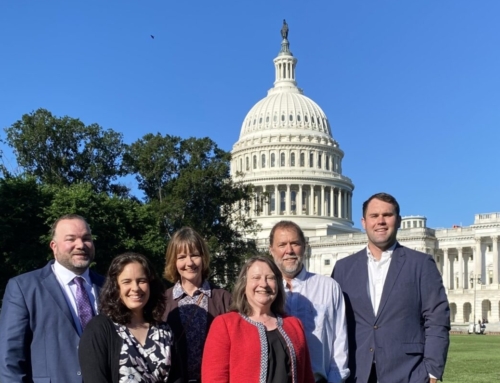For those who live, work, and play in the Eastern Sierra, its easy to know why people want to preserve and protect this unique place. Conservation Easements, used by the ESLT and other land trusts, are a handy tool to do just that (www.easternsierralandtrust.org/Pages/Agreements.htm). However, unbeknownst to many is that land trusts and conservation easements are home-grown, American ideas. Who can’t appreciate something as American as land conservation? While the ancient Romans used land trusts to hide valuable land conservation land trusts are a true American invention.
The first conservation land trust was founded by Charles Eliot in 1891 and named Trustees of Public Reservations. The original and essential land trust concept was to buy land with a “mission dedicated to acquiring, holding, and maintaining natural, scenic, and historical sites.” It also included the second important land trust feature: tax exemptions. Holding true to today’s land trust values, Eliot deeply believed in the human need for open space.
It wasn’t till the environmental movement in the 1960s that land trusts began to take off, growing at the rate of 9% per year till the 1970s. The most substantial growth was post-1980s, which was said to be fueled by the government’s lack of leadership in conservation. According to Richard Brewer (www.richardbrewer.org), who wrote Conservancy, The Land Trust Movement in America, in the 1980s, government cut the Land & Water Conservation Fund from $750 million to $45 million. Now this is important because during that time the practice of land trusts buying land that needed protection and then selling that land to an agency to replenish the land trust’s conservation funds was how they functioned. This practice was nearly stopped dead due to the cut in funding from the federal government. So, thanks to American ingenuity and creative thinking, the tool of a conservation easement began to grow, building the strength of the land trust movement.
‚ô¶ The number of land trusts has grown to 1,667, a 32% increase over five years. (www.landtrustalliance.org)
‚ô¶ The total acres conserved by local, state and national land trusts doubled to 37 million acres in just the past five years. (www.landtrustalliance.org)
Thoughts:
What other tools might be out there for land conservation? And, were there other pressures outside of government that encouraged the growth of land trusts?
Heather

Celebrating Conservation at the Benton Hot Springs Ranch conservation easement in May 2008






This is a great resource for land comservation! Impressive content and the site is relatively easy to use. Historically, ranchers were probably the best conservers of land because of the large amounts of land they were able to control. In the 1990’s, large amounts of capital were invested in acquiring these ranches. Have land conservation organizations targeted these investors?
Hi Don:
The Working Farms and Ranches Program at ESLT works with local farmers and ranchers on permanently preserving their land’s agricultural and natural resources through Ag conservation easements. We are currently working on 25,000 acres of potential agricultural land being placed under easements.
You can sign up for our monthly Ag e-newsletter through our website or send me an e-mail at
John McGurke
Agricultural Lands Specialist
Eastern Sierra Land Trust